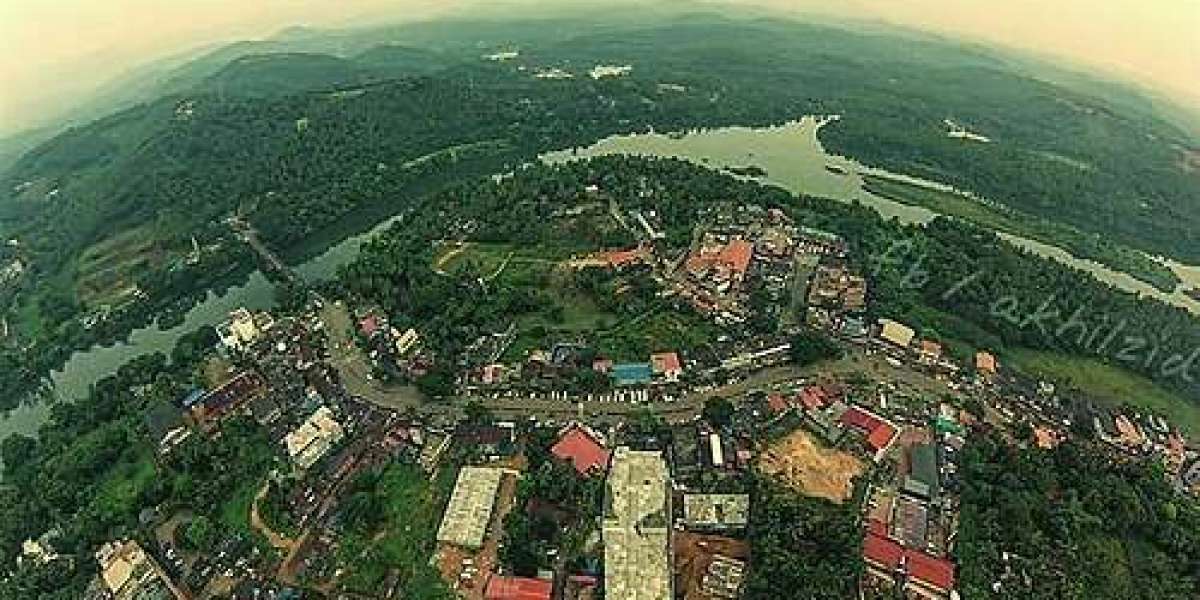Polling Stations
A few representative polling booths from the Election Commission list include:
GHSS Mogral Puthur Higher Secondary (new building, east/middle/west wings)
LP and UP Schools at Kambar and Mogral Puthur, various wings
Central Plantation Crops Research Institute Kendriya Vidyalaya No. 1, northern & southern wings
Government UP & LP Schools at Kavugoli, Maipady, Patla
Community halls and anganwadies at Badiadka, Aranthodu, Shiribagilu, Chettumkuzhi, Kudlu.
All 190 booths serve the voters across the constituency’s urban and rural areas.
Geographic & Demographic Peculiarities
Kasaragod district, also called Saptha Bhasha Sangama Bhoomi (“land of seven languages”), is linguistically vibrant—Malayalam (~70.5%), Tulu (~16.2%), Kannada (~6.7%), Marathi, Konkani, Urdu and others coexist. Religiously, Kasaragod town reflects a Muslim majority (~54.7%) followed by Hindus (~43.6%) and small Christian and Jain minorities.
Though Kasaragod municipality is busy, much of the constituency is rural or semi-urban with fewer urban services and underdeveloped infrastructure compared to Kerala in general. Literacy stands at around 90%, SC population is about 6.5.
Economy & Income Profile
Livelihoods here blend agriculture, fisheries (blue-economy), trade/business, and strong NRI remittances:
Agrarian staples include coconut, rubber, pepper, banana and paddy, with research institutions like Central Plantation Crops Research Institute based in the area.
Coastal communities depend on fishing and mussel farming, e.g. in Padanna and nearby villages.
Business and trade activity centres around Kasaragod town and Mogral Puthur, with cross-border commerce tied to Karnataka.
A substantial portion of household income comes from NRIs working in Gulf countries, financing residences and domestic consumption.
The majority of households are in the middle-income strata, supported by remittances and small-scale commerce; pockets of below-poverty-line (BPL) exist among subsistence farmers and fishers, while a minority, especially from NRI-affluent families, belongs to the higher-income bracket.
Recent Developments
In March 2024, the district launched India’s first “election grama sabha” initiative- voter lists were publicly read and updated at all 983 polling booths across the five assembly constituencies, including Kasaragod, aiming to improve electoral accuracy and increase turnout toward a 90% target.
Local voices criticize the lack of infrastructure, medical services and urban planning, especially in northern rural segments, which remain underdeveloped compared to southern parts of the district. Still, there is momentum around road widening projects (NH-66 upgrades), improved civic planning in Kanjhangad and Kasaragod town, and emerging interest from private healthcare providers in establishing multispecialty hospitals.
Kasaragod Assembly Constituency represents a compelling mix, coastline villages and urban hub, multilingual heritage and agrarian blue-economy livelihoods, all anchored by NRI-supported middle-income families. While infrastructure and services lag, resident-led reforms like the election grama sabhas and infrastructure projects signal a step toward inclusive growth, and a constituency ripe for progressive development.







